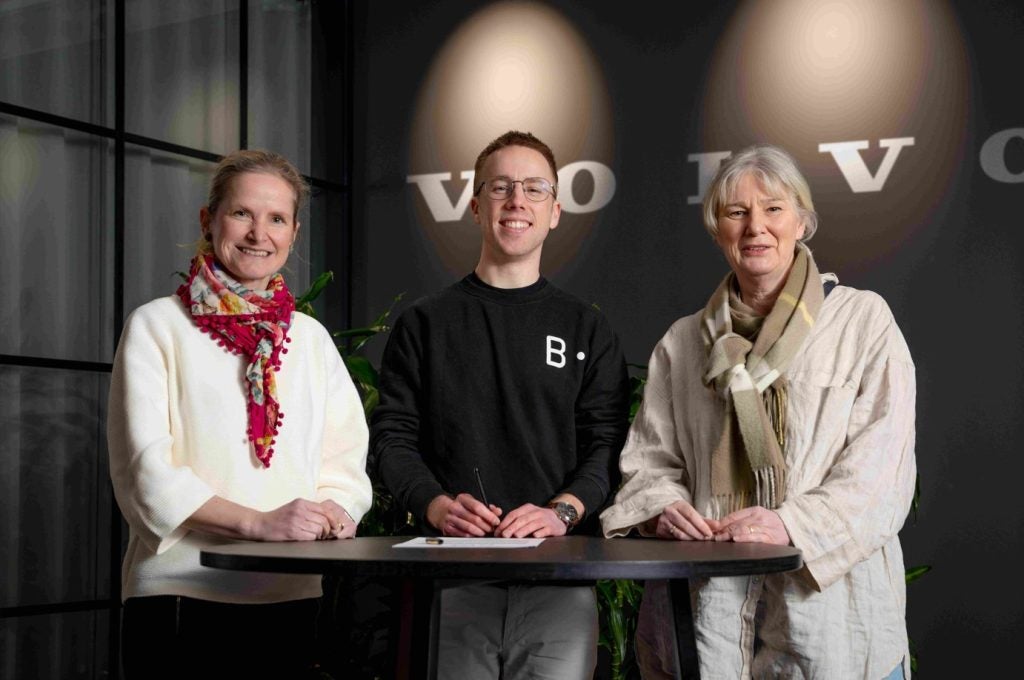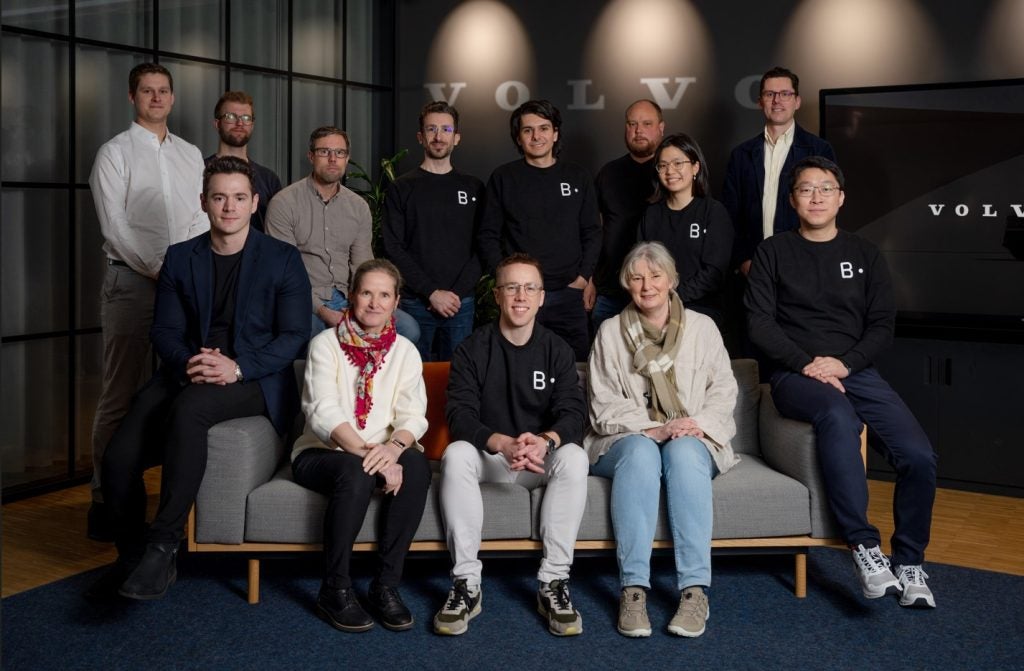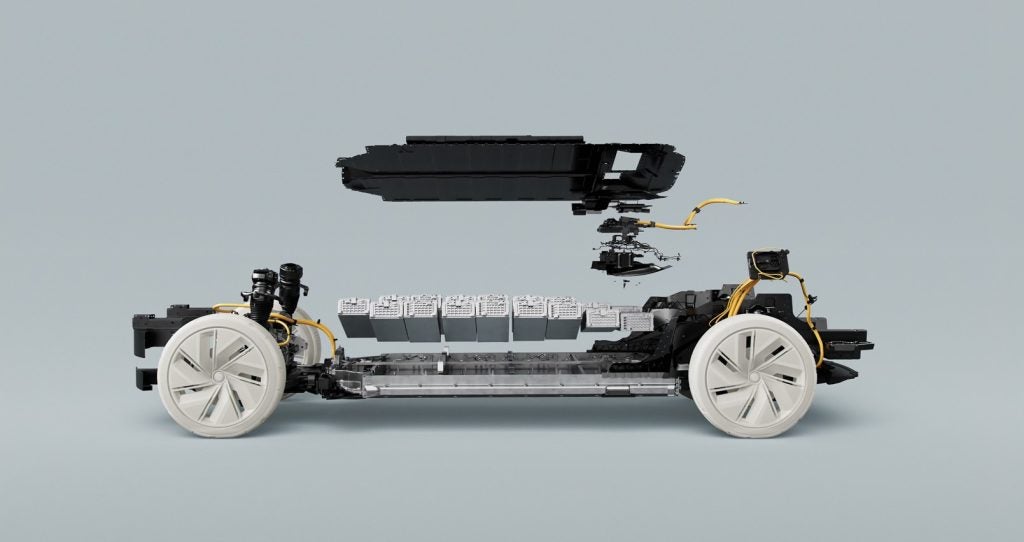
Time to market, exceeding customer expectations and staying at the forefront of rapidly developing technology in BEVs are very much at the front of OEMs’ corporate strategic minds. It’s quite the challenge.
Software company, Breathe Battery Technologies (Breathe), has developed a battery management platform to optimise and improve the performance of charging technology. By using its algorithm-based charging software on new generation EVs, it claims the technology can improve charge times, performance and overall EV driving experience.
The company has recently partnered with Geely-owned Volvo Cars, implementing the technology into the latest models. Breathe expects that its technology will reduce the time it takes to charge an electric Volvo from 10 to 80 percent charging state by as much as 30 percent, while maintaining the same energy density and range.
We spoke with Ian Campbell, CEO, Breathe, to learn more about the technology and partnership with Volvo Cars.


Just Auto (JA): Could you tell me about the company?
Ian Campbell (IC): We are a group of individuals. I am an engineer who went very deep down the battery rabbit hole with a PhD in battery engineering. We were researching batteries for a very long time at Imperial College London; at the same time we did quite a lot of consulting work for industry.
How well do you really know your competitors?
Access the most comprehensive Company Profiles on the market, powered by GlobalData. Save hours of research. Gain competitive edge.

Thank you!
Your download email will arrive shortly
Not ready to buy yet? Download a free sample
We are confident about the unique quality of our Company Profiles. However, we want you to make the most beneficial decision for your business, so we offer a free sample that you can download by submitting the below form
By GlobalDataWhat we found was that, despite being consultants ourselves, looking at the rest of the consulting industry, it seemed to be very much about selling existing knowledge, rather than advancing or changing the state of the art.
I think there was a growing frustration with that and we founded Breathe to find solutions to the root cause issues being experienced with batteries. We’ve been doing that full-time since 2019. We are in business as a battery performance company and we sell to the world’s biggest brands in consumer electronics and electric cars.
By taking the approach of solving the real and hard issues that come with batteries, we enable our clients to take better products to market and do that significantly faster. It also provides an improved end-user experience.
Today we have two initial products on the market. Breathe Life significantly enhances battery durability. Then we have another product called Breathe Charge which is the one we have most recently announced.
What issues are OEMs facing when it comes to battery technology?
Looking across the industry, car brands have a lot of pressure on them. From the market, there is pressure to deliver better experiences at a more affordable pricing point for the cars and products they are creating. In addition, there are supply chain based pressures when it comes to batteries. Looking specifically at the battery supply chain, the battery itself has not been advancing at the pace that semiconductors and processing power fusion has been.
Looking across the industry, car brands have a lot of pressure on them.
I think this all creates a great tension for the OEMs; essentially, they can’t get the battery solutions they want to market quickly enough. Furthermore, they are pretty locked into relying on their cell manufacturers. There is plenty of effort being applied from very capable people, of course, but it doesn’t change the fact that the basic performance of batteries isn’t improving fast enough.
At the same time, the electrified vehicle itself is becoming significantly more software defined.
The whole industry is no longer defined and differentiated by the engine or the turbocharger. It’s increasingly defined by the software experience on the battery system in the vehicle.
The car manufacturers are looking at the battery systems to understand how they can take the more software defined approach they’re also taking with the overall vehicle. The aim is to better understand how to use software to extract significantly more from the electrochemistry from the battery itself. That is where we position ourselves with our expertise to help them.
How did the partnership with Volvo Cars come about?
Volvo are also in the position that many OEMs are in, where – in simple terms – they would like to unlock more performance from the batteries they’re buying today. The good news for all of us as consumers and us as a company, is that there’s a lot of performance locked up in the battery chemistry itself that can be unlocked immediately with the right software.
We supply that kind of solution to Volvo and they want to be the first large volume OEM in passenger cars that is doing this – moving away from increasingly outdated ways of controlling batteries with reams of data and, instead, to start using some very dynamic adaptive charging software to get more out of them.
I think Volvo has an ambitious electrification strategy. To be a fully electric car manufacturer by 2030, they are taking bold and brilliant steps towards that. As part of that they are making bets on what they think the future of the industry will look like.
What are the goals of working with Volvo?
Volvo is, in many respects, at the cutting edge of the market in terms of its ambition and its pace of electrification. Like other leading car brands around the world, they must find ways to get more battery performance and also get a better end-user experience to market faster.
That combination of affordability and lead-time is important. This is an area that is at the forefront of their minds in terms of their goals, and that is reflective of the wider automotive industry as well.
I think that their goals are around this end-user experience, performance, the overall affordability of that, and the time to market. I think in a geographic and slightly political context, there’s an enormous amount of tension right now between the West and the East. The lead-times and the development times in China, for example, are much shorter than in Europe in the US. This puts added pressure on other car manufacturers.
I think it certainly serves our business well in the respect that we provide a very complementary pathway to the existing supply chain for them to get performance enhancements and product out to market faster. I think that’s part of the reason that we are very successful; they can come to us for a complementary way forward.
How do the OEMs become involved with the technology?
We do an end-to-end process in-house to try and take on as much of the qualification requirements that our very large and safety conscious customers already have in-house.
They provide us with their battery sample during their product development phase. We work with them very closely to show them very clearly, easily and quickly, the level of end-user experience and the level of performance improvement that our solutions can provide to their product.
We do that in a way that perfectly replicates what they do in-house in terms of their product qualification process, so that by the end of that they can have a very serious and significant amount of confidence in the performance of the product; but also then also in its maturity in respect of the automotive standards that we need to meet, and their ability to adopt it and apply it at scale.
Then we complete a sourcing agreement. It’s very fast then from that point on to adoption. I think that is one of the unique selling points of the products that we build today. It is software and then at the end of that demo experience, there’s no hardware required to supply it, no hardware change required on their vehicle. They can essentially adopt it overnight and start shipping it to their consumers. That feeds into the discussion we’ve been having about very low lead-times, very fast to market and big impact solutions.
What goals have you set for yourself this year?
We started the business to try and tackle the very serious air pollution issues.
From a personal perspective, enabling the customers that we have today – like Volvo, and other brands – to ship products that are helping to clean the air and are less damaging to the environment than the internal combustion engine, is a brilliant feeling.
We want to continue to increase the talent acquisition into our company. We have a need and a desire to grow the team across many of our commercial functions: sales, marketing, finance, and more. I think that’s exciting because it allows us to service more of Volvo’s goals and then more of the rest of our customers’ goals.
It’s about enabling the rest of the customer pipeline; we have more like Volvo coming to us. We’re obviously very excited about that and creating these success stories for the end-user. It’s wonderful and we are very proud to be working with Volvo.








